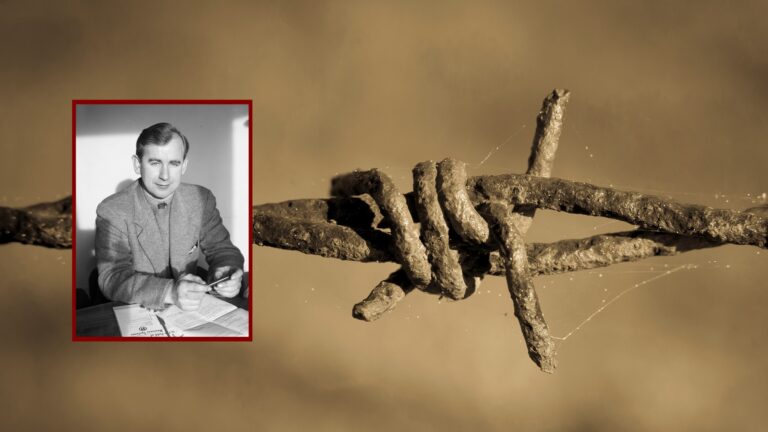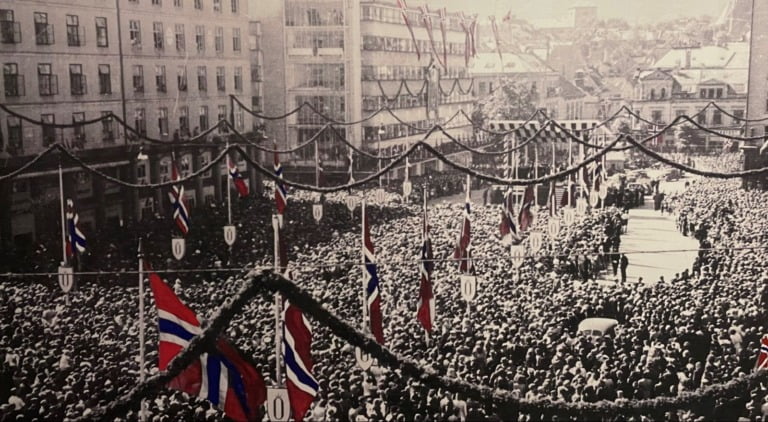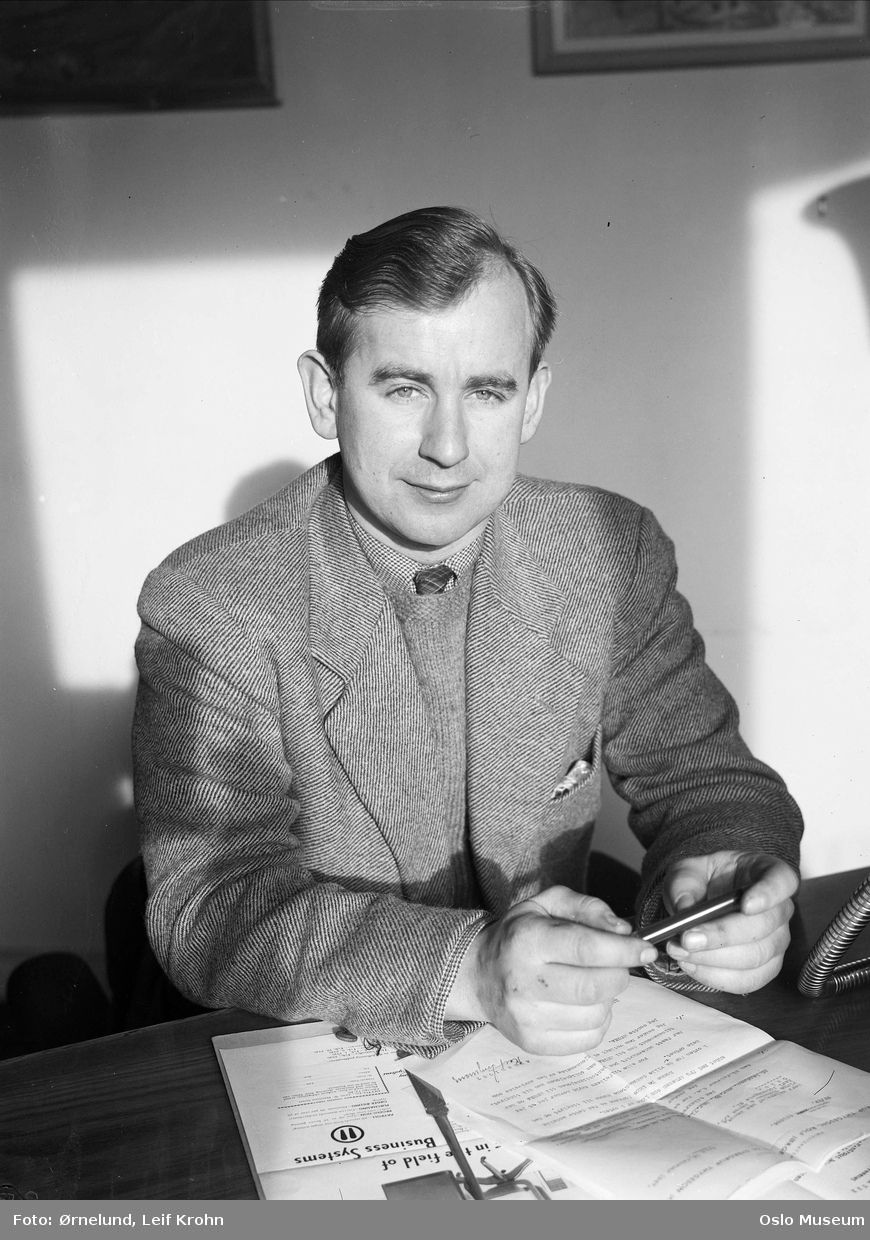The story of Max Manus is a powerful reminder of the global struggle for freedom during World War II. Manus's life and actions embody the courage, resilience, and ingenuity that were critical to overcoming the forces of fascism. Here's his story.
Before I moved to Norway, I thought I was pretty clued-up on World War II. Having studied it in school, I knew about the rise of fascism, the outbreak of the war, and some of the major battles that took place.

However, it was only after having lived in Norway for several years that I began to realise there was so much more to the story. Everything I had known had all been through the British lens.
Since then, I've travelled around Norway extensively and I always make time to visit the various war museums and other war history sites. For example, the Narvik War Museum is somewhere I recommend to any visitor to Northern Norway.
The story of the Second World War in Norway is one of occupation and resistance. There are many key stories known internationally, including the Shetland Bus and the Heavy Water War.
Numerous figures stood out for their bravery, ingenuity, and unwavering commitment to freedom. Max Manus emerged as a towering figure in the Norwegian resistance movement, and the 2008 movie Max Manus: Man of War brought the story of this resistance fighter to a wider audience.
Early Life and Adventurous Spirit
Born on 9 December, 1914, in Bergen, Maximo Guillermo Manus would grow to become one of the most celebrated resistance fighters in Norway.

From a young age, Manus was known for his adventurous spirit, a trait that would define his later contributions during World War II.
Before the war, his thirst for adventure led him to fight in the Finnish Winter War against the Soviet Union, highlighting his early commitment to combating oppression.
Occupation and the Birth of a Resistance Fighter
The Nazi invasion of Norway in April 1940 marked a turning point in Manus's life. Refusing to stand idly by as his country fell under the oppressive grip of the Nazis, Manus joined the Norwegian resistance movement.
It was here that his true capabilities as a leader, saboteur, and tactician began to shine.
Manus's early operations were primarily focused on gathering intelligence and distributing underground newspapers. However, as the war progressed, his activities took a more daring turn.
Sabotage and Espionage
Max Manus's most famous exploits involved spectacular acts of sabotage against German installations and ships.
Perhaps the most notable of these was the sinking of the German supply ship Donau in Oslo harbor in January 1945. This operation significantly hindered the German war effort in Norway and showcased the ingenuity and bravery of Manus and his team.

Employing a combination of homemade limpet mines and meticulous planning, Manus's operations struck critical blows against the Nazi occupiers, boosting the morale of the Norwegian populace and the Allied forces alike.
The Legacy of a War Hero
After the war, Max Manus emerged as a national hero in Norway. His actions during the conflict were a testament to the power of resistance and the spirit of those who fight against tyranny.
Manus's legacy is not only preserved in the numerous medals and honours he received from both Norway and allied countries but also in his autobiographical books, which offer a firsthand account of his thrilling wartime activities.
These writings have served as a source of inspiration for films and documentaries, bringing his story to new generations, both in Norway and beyond.
His story serves as a bridge connecting the experiences of the Norwegian people with those of the wider world. Manus's legacy now transcends national borders, symbolizing the universal struggle for freedom and the enduring spirit of resistance.
Remembering Max Manus Today
Manus passed away in 1996 at the age of 81. Museums, monuments, and educational programs continue to keep his story alive, serving as a reminder of the sacrifices made by him and countless others in the fight against oppression.
12 years after his death, the biographical film Max Manus: Man of War was released with Aksel Hennie playing the lead role.
His life and legacy are a powerful reminder of the impact one individual can have on the course of history.


Hi, I found the Resistance Museum at Akershus in Oslo very interesting along with the film Heroes of Telemark, both recommended to get an insight in to the Norwegian perspective of the World War II.
To learn of nine friends from five families who grew up in the Kristiansten area; see “Morstandskamp fra Trondeim” by Tor Busch. Never find a better book about the resistance in Trøndelag.